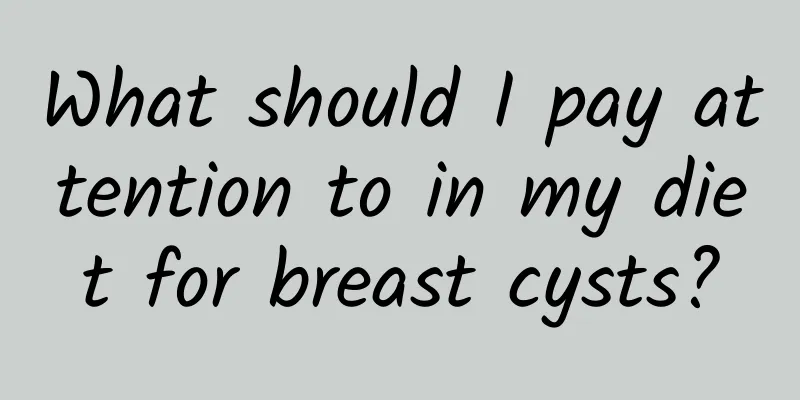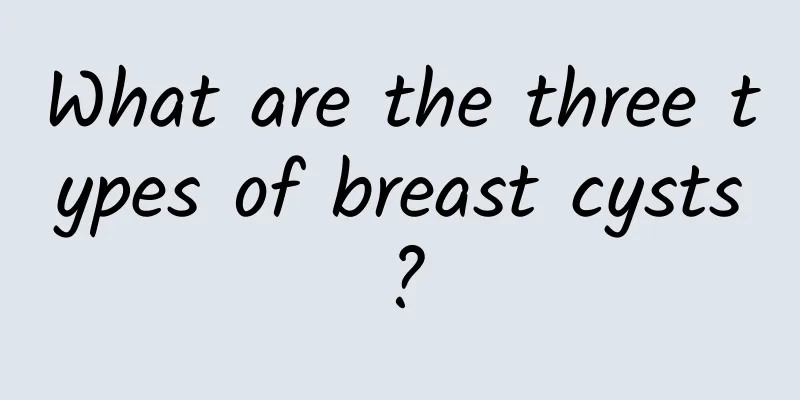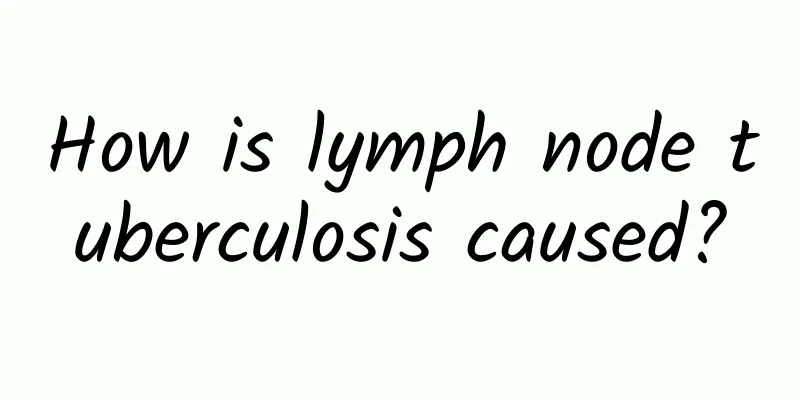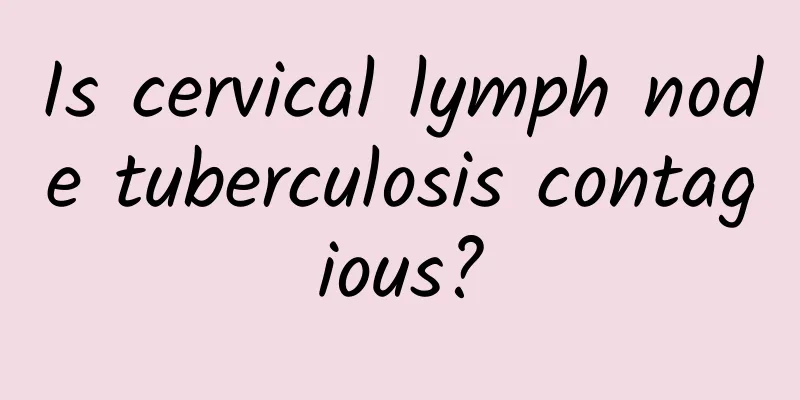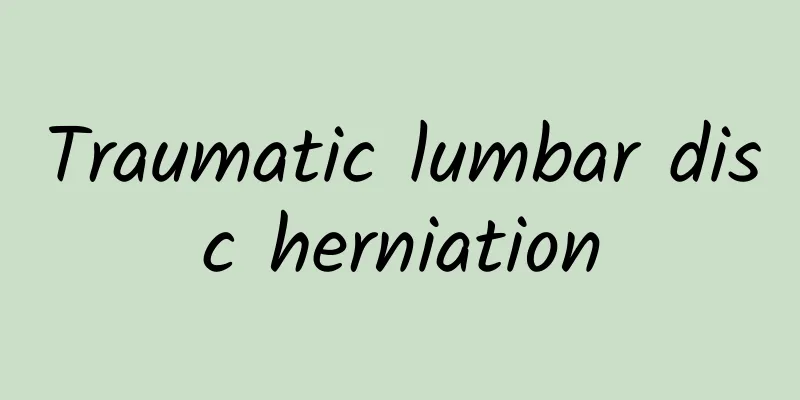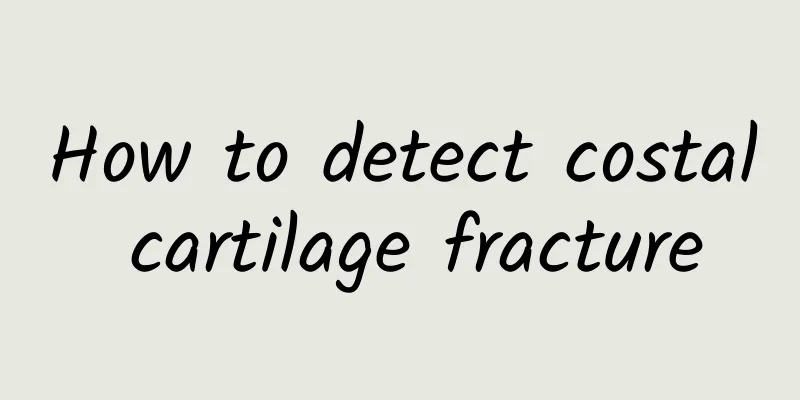Is lumbar disc herniation serious in the elderly?

|
Lumbar disc herniation in the elderly may be more serious, especially when the condition affects nerves or daily activities, it needs to be taken seriously. The main causes include age-related disc degeneration, physiological strain, etc., and the symptoms can be relieved by medication, physical therapy or surgery. Early medical treatment and intervention can effectively control the disease and improve the quality of life. 1. Age and degenerative changes The main reason for lumbar disc herniation in the elderly is that the intervertebral disc gradually degenerates during the aging process. The water content inside the intervertebral disc decreases, making it less elastic and more susceptible to brittleness and herniation. As people age, the ligaments and muscles around the lumbar spine also gradually atrophy or lose strength, further increasing the probability of lumbar disc herniation. Recommendation: Strengthening waist muscle training can reduce the stress on the intervertebral disc. Common exercises such as swimming, yoga, and Pilates can help strengthen the core muscles. Pay attention to the protection of daily posture, such as avoiding sitting for a long time and bending over to carry weight. 2. External strain and improper posture If the elderly bend over, lift heavy objects or sit for long periods of time in their daily lives, it may increase the pressure on the intervertebral disc and cause herniation and compression. Chronic strain in the past or the accumulation of bad postures in youth will also become more obvious in the elderly, increasing the risk of lumbar disease. Recommendations: Avoid repetitive and violent bending movements, use a waist belt in daily life, and reduce the frequency of lifting heavy objects. At the same time, adjust your daily sitting posture, such as using an ergonomic chair to help maintain the natural curvature of the lumbar spine. 3. Possibility of worsening symptoms Symptoms of lumbar disc herniation may include low back pain, numbness in the lower limbs, weakness, and difficulty walking. If the disc herniation compresses the nerve roots or spinal cord, it may cause sciatica or even serious problems such as spinal stenosis. For the elderly, they should also be alert to the risk of disability or falls caused by limited life due to pain. Treatment method: -Drug treatment: Nonsteroidal anti-inflammatory drugs (NSAIDs, such as ibuprofen) are commonly used to relieve pain and inflammation; gabapentin and other drugs can be used for neuropathic pain; severe patients can use short-term hormone injections to relieve local inflammatory reactions. -Physical therapy: such as traction therapy, acupuncture, hot compress and other care methods to improve blood circulation and pain perception. -Surgical treatment: If conservative treatment is ineffective and symptoms worsen significantly, nucleus pulposus removal, transforaminal endoscopic surgery or intervertebral disc fusion fixation can be selected. 4. Combined pathological changes The complexity of lumbar disc herniation may be aggravated in the elderly due to osteoporosis, spinal joint degeneration or other underlying diseases. If combined with osteoporosis, the stability of the vertebral body is weakened, further aggravating the symptoms of nerve compression. Recommendations: Regular bone density checks, appropriate calcium and vitamin D supplements, and taking bisphosphonates and other drugs to increase bone density when necessary. At the same time, reduce the risk of trauma (such as non-slip shoes, non-slip mats) to prevent fractures from exacerbating lumbar injuries. Although lumbar disc herniation is common among the elderly, it is not uncontrollable or unimprovable. For those with mild symptoms, regular exercise and attention to lifestyle habits can significantly improve symptoms. For patients with significantly worsening symptoms, early medical treatment can effectively avoid the development of complications and improve the quality of life. |
<<: Is it necessary to eat three meals a day for gallstones?
>>: Is contusion a closed soft tissue injury?
Recommend
What is the chance of breast cyst becoming cancerous?
Breast cysts have a low chance of becoming cancer...
How to change the dressing after perianal abscess surgery
The core of dressing change after perianal absces...
How long does it take to recover from minimally invasive breast cyst surgery?
It usually takes 1-2 weeks to return to daily lif...
What are the four stages of fracture healing?
What are the four stages of fracture healing? Fra...
Does pearl herpes need to be treated?
Pearl herpes is not a real disease, but a common ...
What to do if you get burned by oil
After being burned by oil, it is very important t...
What is pityriasis simplex
Pityriasis simplex, this name may sound a little ...
What type of gallstones are
Gallstones are a common disease in the digestive ...
Symptoms of neonatal tenosynovitis
Neonatal tenosynovitis usually manifests as diffi...
What are the differential diagnoses for gallstones?
The differential diagnosis of gallstones mainly i...
Perianal abscess turns into anal fistula in a few months
If perianal abscesses are not treated promptly, a...
What should I pay attention to after breast cyst surgery
After breast cyst surgery, you need to pay attent...
Breast cysts are most afraid of three kinds of vegetables
Patients with breast cysts do need to be careful ...
Iga vasculitis and Henoch-Schonlein purpura
The treatment of IgA vasculitis and Henoch-Schönl...
What is the best medicine for ankylosing spondylitis?
Ankylosing spondylitis is a common disease in lif...
